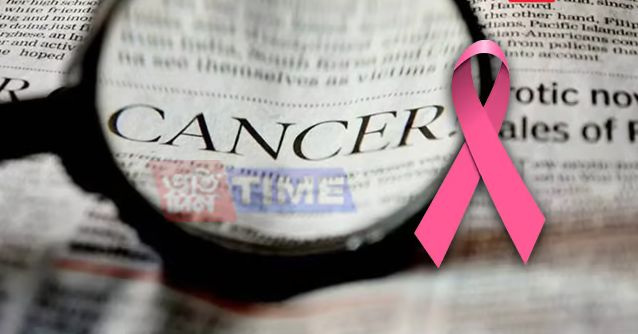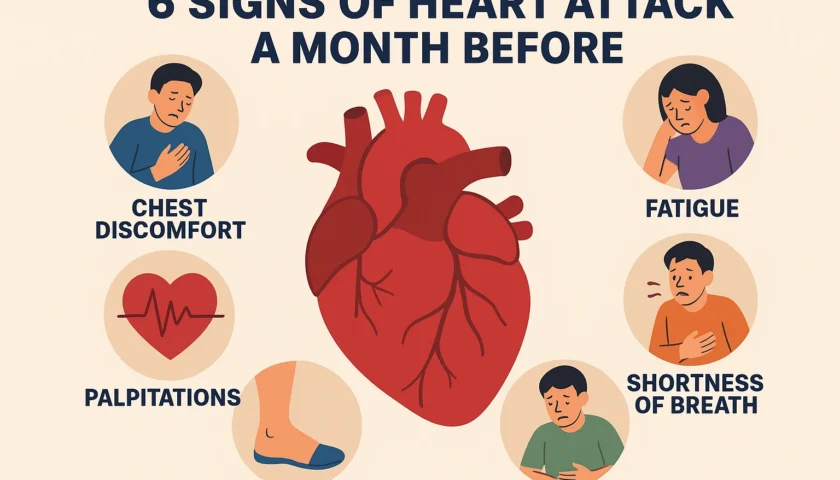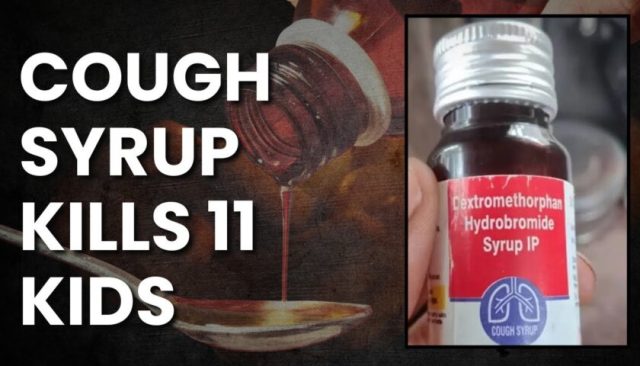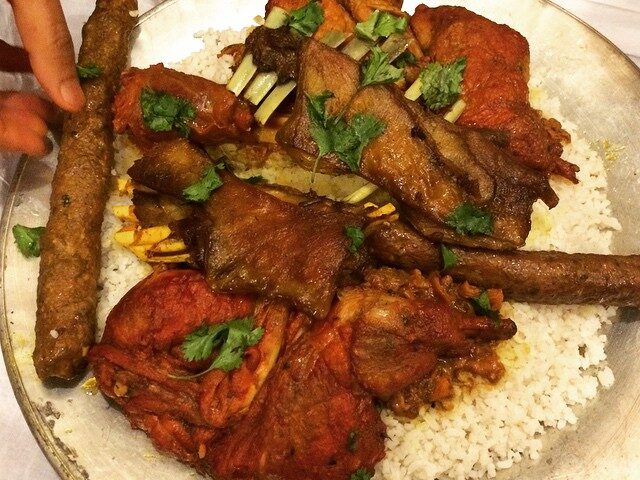A Silent Emergency Unfolds in the Valley
By: Javid Amin | 25 September 2025
On a cold morning in Srinagar, 38-year-old Shazia from Pulwama sat in the oncology ward at Sher-i-Kashmir Institute of Medical Sciences (SKIMS), waiting for her chemotherapy session. A schoolteacher, mother of two, and until recently, the picture of health, she never imagined that a small lump in her breast would turn into a battle for survival.
Her story is not an isolated one. It echoes across Kashmir’s towns and villages, where cancer is slowly emerging as one of the most pressing public health crises of our time.
Over the last seven years, more than 50,000 cancer cases have been reported across Jammu & Kashmir. Behind each number is a family grappling with fear, financial strain, and uncertainty about the future.
The Numbers That Cannot Be Ignored
According to official data compiled from SKIMS and SMHS Hospital in Srinagar:
-
Over 50,000 cancer cases have been diagnosed in just seven years.
-
Breast cancer is the most common among women, with alarming increases in both rural and urban areas.
-
Lung and gastrointestinal cancers are on the rise, strongly linked to smoking, dietary changes, and environmental factors.
-
Cases are no longer limited to older populations — patients in their 20s and 30s are increasingly being diagnosed.
National Cancer Registry data suggests that J&K is now among the regions with one of the fastest-growing cancer burdens in India. The stark difference is not just in numbers but in the late stage at which most cases are diagnosed, reducing chances of survival.
Why the Rise? Unpacking Kashmir’s Cancer Triggers
1. Environmental Concerns
-
Pesticide-heavy farming in apple orchards and rice fields is being studied for potential links to rising cancer cases. Farmers often spray chemicals without protective gear, exposing themselves and their families.
-
Air pollution in Srinagar and industrial pockets of the Valley adds another layer of risk.
-
Some studies and local debates have also raised fears about possible radiation exposure linked to the mountainous terrain, though evidence remains inconclusive.
2. Lifestyle Shifts
Traditionally, Kashmiri diets included haakh (greens), nadru (lotus stem), turnips, dried vegetables, fish, walnuts, and apricots. These diets were rich in nutrients and fiber.
But in recent decades:
-
Processed foods, bakery items, fried snacks, and sugary drinks have become common.
-
Salted tea (noon chai) and sugar-rich kehwa are consumed in large quantities daily.
-
Sedentary lifestyles, especially during harsh winters, further reduce resilience against diseases.
3. Tobacco & Hookah Culture
Kashmir has one of the highest rates of tobacco use in India, with both cigarette smoking and traditional hookah practices deeply embedded in social life. Doctors link this directly to the surge in lung, throat, and esophageal cancers.
4. Stress & Conflict Trauma
Decades of political uncertainty, conflict, and social pressures have left many Kashmiris in a constant state of stress. Chronic stress weakens immunity, affects hormone balance, and has been linked by researchers to higher cancer risk.
The Rural-Urban Divide
The crisis is not evenly spread.
-
Rural Kashmir: Villages in Kupwara, Shopian, Kulgam, and Bandipora report rising numbers but lack access to oncologists or advanced diagnostic tools. Patients often travel hours to Srinagar for treatment.
-
Urban Kashmir: Srinagar-based hospitals like SKIMS and SMHS remain overcrowded. On any given day, oncology wards are filled to capacity, with families waiting in long queues for radiotherapy slots.
For many rural families, the journey is not just physical but financial. Selling land, borrowing from relatives, or abandoning education are common strategies to pay for treatment.
Late Diagnosis – A Deadly Pattern
One of the most heartbreaking aspects of Kashmir’s cancer crisis is how late many cases are detected.
-
Breast cancer is often discovered at Stage 3 or 4, when lumps become painful or visible. Routine mammograms are virtually absent in most districts.
-
Lung cancer patients usually present only after chronic cough, chest pain, or breathlessness becomes unbearable.
-
Gastrointestinal cancers are often dismissed as indigestion or ulcers until too late.
Dr. Afaq, a senior oncologist at SKIMS, explains:
“By the time most patients come to us, the disease has already advanced. We don’t have a culture of preventive screening, and stigma still prevents people, especially women, from reporting early symptoms.”
Stories from the Ground
A Family’s Burden
In Baramulla, 45-year-old Ghulam Nabi was diagnosed with stomach cancer. His family of five now travels to Srinagar twice a week for chemotherapy. With each trip costing ₹2,000–₹3,000 in travel, food, and medicines, the family has already sold their small orchard to continue treatment.
Survivor’s Voice
Not all stories end in tragedy. 32-year-old Rifat, a breast cancer survivor from Anantnag, recalls:
“I ignored the lump for months out of fear. When I finally went to a doctor, it was stage 2. I had surgery and chemo. It was tough, but today I am alive to raise my daughter. Early detection saved me.”
These stories highlight both the despair and the hope that defines Kashmir’s fight against cancer.
Systemic Gaps in Healthcare
Kashmir’s healthcare system, though improving, faces serious limitations in dealing with cancer:
-
Limited oncology infrastructure: SKIMS and SMHS carry the primary burden, but they lack sufficient radiotherapy machines, diagnostic labs, and specialist oncologists.
-
No district-level cancer care: Most district hospitals lack oncology departments.
-
Insurance gaps: While Ayushman Bharat and state schemes exist, many families report delays, denials, or insufficient coverage.
-
Lack of palliative care: End-of-life support, pain management, and counseling remain underdeveloped. Families often bear the emotional and financial toll alone.
The Way Forward – What Kashmir Needs Urgently
1. Decentralized Screening & Diagnosis
-
Mobile screening units should visit rural districts.
-
Routine cancer checks integrated into Primary Health Centres (PHCs).
-
School and college awareness drives about early symptoms.
2. Trained Local Health Workers
-
Frontline health staff trained to recognize warning signs of breast, lung, and GI cancers.
-
Referral pathways streamlined to ensure patients don’t lose months in delays.
3. Affordable & Accessible Treatment
-
Subsidized chemotherapy, radiotherapy, and diagnostic tests.
-
Expansion of insurance coverage to cover full treatment costs.
4. Emotional & Palliative Support
-
Counseling services for patients and caregivers.
-
Community-based palliative care teams in rural areas.
-
Awareness campaigns to reduce stigma around cancer.
Rays of Hope
Despite the crisis, there are signs of progress:
-
NGOs and civil society groups are conducting cancer awareness programs in schools, mosques, and village centers.
-
Survivors are forming support groups, offering guidance and emotional strength to new patients.
-
Telemedicine is slowly bridging gaps, allowing patients in Kupwara or Kargil to consult with oncologists in Srinagar or even Delhi.
-
Young Kashmiri doctors are returning after training abroad, bringing new expertise and commitment to the Valley’s healthcare.
Final Word – Protecting Kashmir’s Future
Cancer in Kashmir is no longer an isolated medical issue. It is a social, economic, and cultural crisis. With over 50,000 cases in seven years, the disease is touching almost every household, leaving scars that go beyond the hospital ward.
As one oncologist at SKIMS put it bluntly:
“Cancer shouldn’t be a death sentence just because you live in Kashmir. Early detection, awareness, and affordable care can save thousands of lives.”
The time for denial has passed. Cancer is here, and it is rising. But with collective will, preventive action, and systemic reform, Kashmir can still change its future — and save its people from a silent killer.




